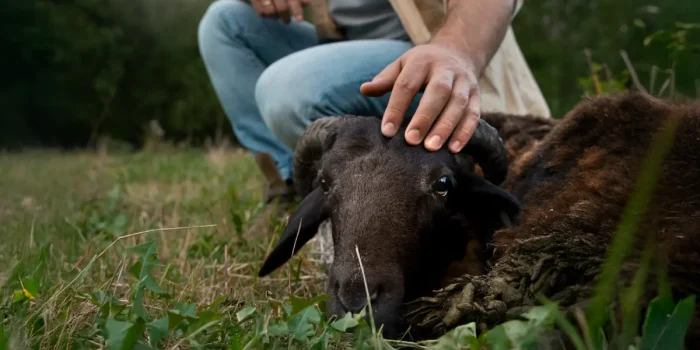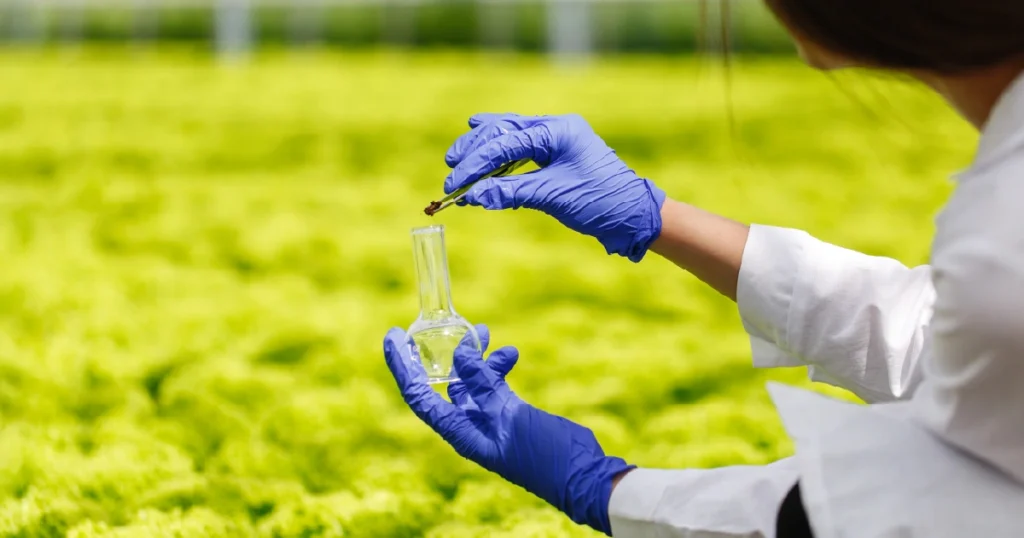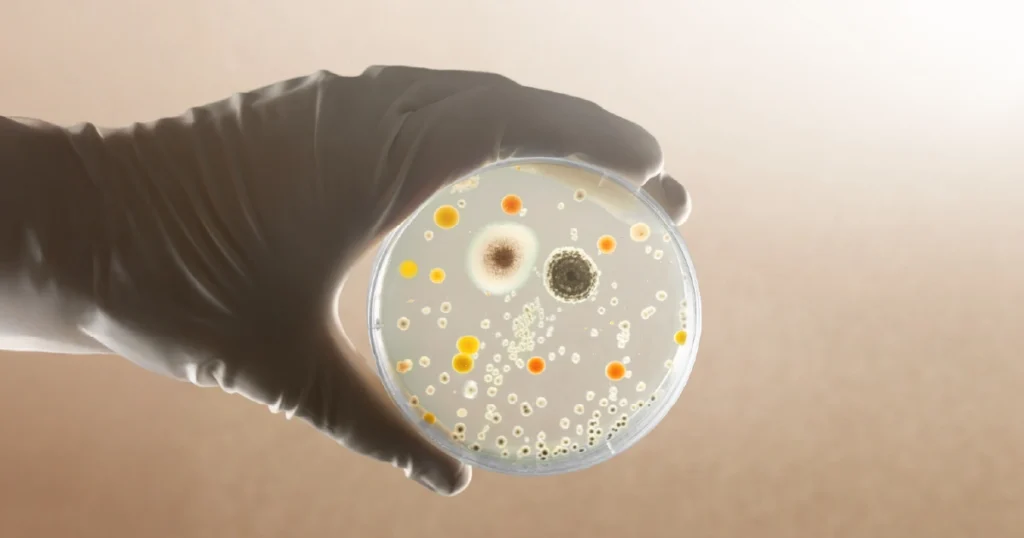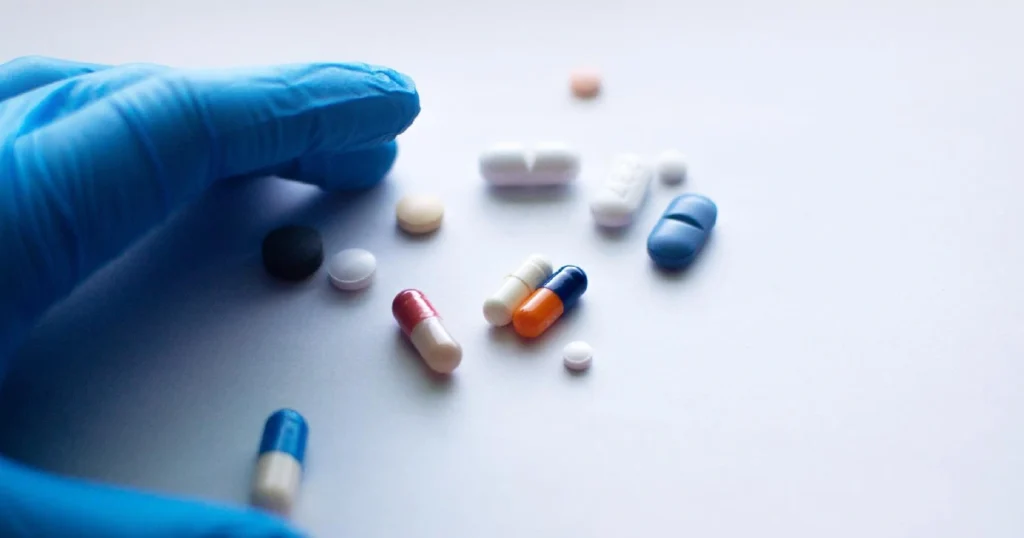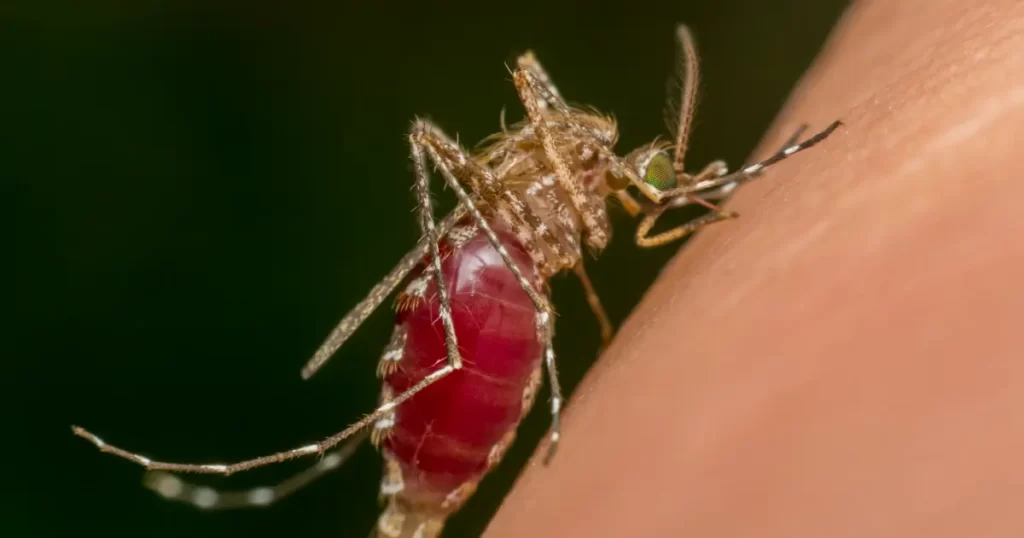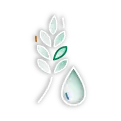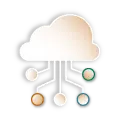Introduction
Antibiotics are one of the greatest medical breakthroughs of the 20th century, saving millions of lives from once-deadly infections. Yet their overuse—in both human medicine and animal agriculture—has fueled the rise of Antibiotics and Antimicrobial Resistance. Today, bacteria that no longer respond to antibiotics threaten to undo decades of medical progress.
The problem is not confined to hospitals. The way we raise animals, grow food, and interact with the environment plays a critical role in the spread of resistance.
But how did our reliance on antibiotics create this global crisis, and what can be done to stop it?
How Antibiotics Became Overused in Animals
Modern industrial farming depends heavily on antibiotics. Beyond treating sick animals, drugs are often administered routinely to prevent disease in crowded conditions or even to promote faster growth. Globally, it is estimated that livestock consume more antibiotics than humans do [1].
This practice comes at a cost. When bacteria in animals are exposed repeatedly to antibiotics, resistant strains emerge. These resistant microbes can spread through food, water, soil, and direct contact, crossing species barriers and reaching human populations [2].
For example, studies on poultry farms have shown high rates of drug-resistant Campylobacter—a leading cause of foodborne illness. These resistant bacteria often make their way from farm to fork, highlighting how farming practices have direct public health consequences.
Antibiotics and Antimicrobial Resistance in Public Health
The World Health Organization warns that AMR could cause 10 million deaths annually by 2050 if unchecked [3]. Already, infections like urinary tract infections, pneumonia, and sepsis are becoming harder to treat. In some regions, common drugs have lost much of their effectiveness, forcing doctors to rely on last-resort treatments that are more toxic and expensive.
Foodborne pathogens such as Salmonella and Campylobacter—often linked to contaminated meat—are increasingly resistant to multiple drugs. As a result, food safety is directly tied to how antibiotics are used in agriculture.
Environmental Dimensions of Resistance
Antibiotics used in animals don’t disappear after treatment. Residues pass into manure, wastewater, and soil, creating “hotspots” where resistant bacteria thrive [4]. Rivers downstream from farms often show high levels of resistant microbes, linking environmental contamination to human health risks.
Moreover, resistance genes can transfer between bacterial species, accelerating the spread. This makes AMR not just a medical or agricultural issue but a planetary one—affecting ecosystems and the global microbiome.
One Health: Connecting People, Animals, and the Environment
The AMR crisis illustrates the One Health principle: human, animal, and environmental health are inseparably linked. Tackling resistance requires coordinated action across sectors. Limiting unnecessary antibiotic use in livestock, improving animal welfare, and strengthening surveillance systems are all essential steps [5].
Furthermore, alternatives such as vaccination, better hygiene, and improved housing for animals reduce the need for routine antibiotics. These changes protect not only animal health but also safeguard the effectiveness of drugs for human medicine.
Global Efforts and Policy Responses
Some progress is underway. The European Union banned the use of antibiotics as growth promoters in 2006, and many countries are phasing out non-therapeutic use. The World Health Organization and the Food and Agriculture Organization have issued guidelines urging reduced reliance on antibiotics in farming [6].
In the United States, the FDA has restricted the use of medically important antibiotics for growth promotion, though preventive use remains common. Meanwhile, in Asia, rising demand for meat has fueled antibiotic consumption in livestock, making stronger regulations a growing priority.
Nevertheless, enforcement remains uneven, and in many low- and middle-income countries, antibiotics are still sold over the counter without regulation. Therefore, global cooperation and investment in sustainable farming practices are critical.
Conclusion
The story of Antibiotics and Antimicrobial Resistance is one of unintended consequences. What began as a tool to promote growth and prevent disease in animals has contributed to a crisis threatening human health worldwide.
Recognizing the shared responsibility we bear is the first step. By changing how antibiotics are used in farming, improving animal welfare, and investing in sustainable alternatives, we can slow resistance. Ultimately, protecting antibiotics today means safeguarding medicine’s future and ensuring life-saving treatments remain effective for generations to come.
References
- Van Boeckel, T.P., et al. (2015). Global trends in antimicrobial use in food animals. PNAS, 112(18), pp. 5649–5654. https://doi.org/10.1073/pnas.1503141112
- Marshall, B.M., & Levy, S.B. (2011). Food animals and antimicrobials: impacts on human health. Clinical Microbiology Reviews, 24(4), pp. 718–733. https://doi.org/10.1128/CMR.00002-11
- O’Neill, J. (2016). Tackling drug-resistant infections globally: Final report and recommendations. Review on Antimicrobial Resistance.
- Kümmerer, K. (2009). Antibiotics in the aquatic environment–a review. Chemosphere, 75(4), pp. 417–434. https://doi.org/10.1016/j.chemosphere.2008.11.086
- Robinson, T.P., et al. (2016). Antibiotic resistance is the quintessential One Health issue. Transactions of the Royal Society of Tropical Medicine and Hygiene, 110(7), pp. 377–380. https://doi.org/10.1093/trstmh/trw048
- FAO & WHO (2019). Tackling antimicrobial resistance at the global level. Available at: https://www.fao.org/antimicrobial-resistance

